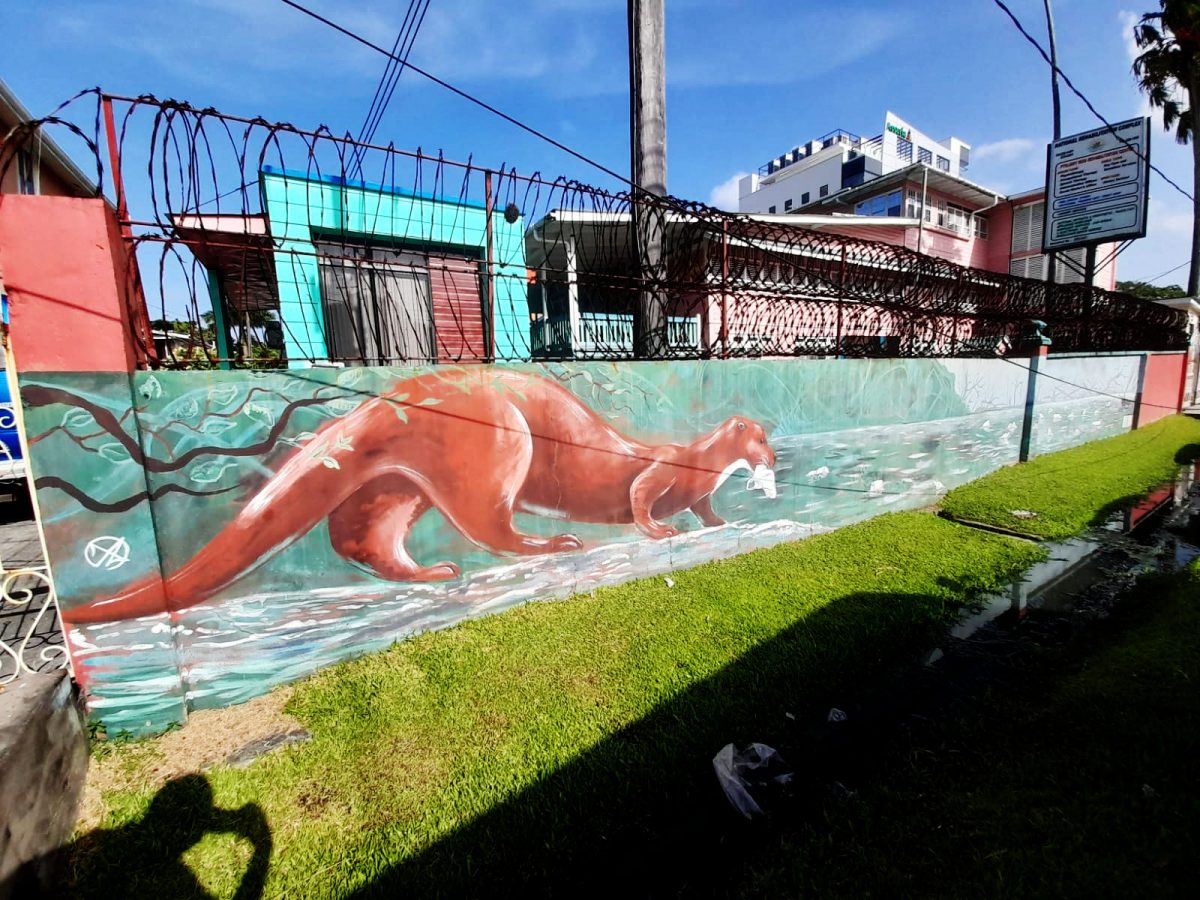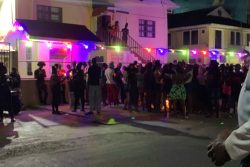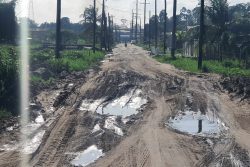 There is a term that gets bantered about a lot in Guyana. I loathe the term: cultural industries. Every time I hear it, I cringe. For me, it is synonymous with culture industry, a term coined by German philosophers Theodor Adorno (1903 – 1969) and Max Horkheimer (1895 – 1973) to describe the insidious nature of cultural production on a large scale for mass consumption. This is in relation to film, radio, and television, in their formulation as producers of cultural material work in response to or under the direction of the moneyed and leisured owners of the industry. These owners use cultural production to decide the programming of the labouring class and thus are able to maintain the status quo. In other words, the owners are able to perpetuate their status as owners by using cultural production to keep the labouring classes in their positions of servitude. The irony of this is that the producers of cultural material are themselves labourers so these producers of culture are in fact labouring to maintain their own subjugation.
There is a term that gets bantered about a lot in Guyana. I loathe the term: cultural industries. Every time I hear it, I cringe. For me, it is synonymous with culture industry, a term coined by German philosophers Theodor Adorno (1903 – 1969) and Max Horkheimer (1895 – 1973) to describe the insidious nature of cultural production on a large scale for mass consumption. This is in relation to film, radio, and television, in their formulation as producers of cultural material work in response to or under the direction of the moneyed and leisured owners of the industry. These owners use cultural production to decide the programming of the labouring class and thus are able to maintain the status quo. In other words, the owners are able to perpetuate their status as owners by using cultural production to keep the labouring classes in their positions of servitude. The irony of this is that the producers of cultural material are themselves labourers so these producers of culture are in fact labouring to maintain their own subjugation.
How is any of this possible? Adorno and Horkheimer were suspicious of popular culture because they felt it aimed to offer pleasure. In turn, easy access to pleasure-producing products would result in docile and easily placated populaces. Consequently, the consumer is numbed to criticality. Entertained, consumers fail to be sufficiently moved by their relative poverty and lack of power. Entertained, consumers regard their life as not being so bad although they may have to toil night and day to feed themselves and their families. Entertained, consumers do not realise how they are being programmed.
In being programmed consumers learn to dress, speak and conduct themselves in particular ways. They learn these and other modes of social conformity. In being programmed consumers learn to judge and value particular things over others, people over other people, behaviours over other behaviours, etc. Thus, consumers learn intellectual conformity. Do not be fooled! Programming and cultural production observe class and socio-economic divisions. High and low cultured, rich and poor we are all being programmed.
These preceding paragraphs may all seem immaterial to a column aimed at discourses related to visual art. And they may further appear so as the term Adorno and Horkheimer conceived of relates to entertainment. But I think in previous articles I have established that visual art can also be used in projects of conformity. Certain slogans sung often enough, made visual often enough, and propagated often enough can give the illusion of everything being right, while the real work to undo the messes and discontents behind the façade goes undone.
I cringe when I hear the term cultural industries and hope that I am not misunderstanding something. I worry. Because to tie culture to industry, is to tie culture to the market and to capitalism in a way that concerns me. It should concern all of us. We in Guyana know very well what horrors capitalism has wrought within our borders. Dissemination of populations, the enslavement of countless others, and indenture of many. Destruction of tall arboreal giants and pollution of formidable waters. Many are vocalising and others are silently hoping that capitalism’s hunger and its satiation by the black liquid gold will not bring more devastation.
When I hear the term cultural industries, I tie cultural production to capitalism, mass production, and easily bartered commodities that are quickly and thoughtlessly produced. I am yet to have a positive visceral response when I hear the term.
I cringe when I hear visual artists included in officials’ use of the term because I know in Guyana we are not thought of as having robust intellects paired with our ability to replicate nature around us. Instead, I anticipate as participants within the cultural industry we are expected to paint toco toucans resting on banana fronds in our populous coastal villages without an evident concern that this bird is outside of its natural habitat. I suspect scenes of rice fields and working kokers will be sponsored. I suspect a scene with a grand home of concrete construction flanked by unpainted, weather-beaten, low-rising, wooden houses on either side of the monument to progress and fronted by a road so potholed that on a rainy day it has a pool for ducks to swim in, will get ignored. I suspect a high-contrast black and white photograph, not a painting that can be conjured, of a good road topped by asphalt that has completely lost its protective verge for several metres to the depths of the canal alongside which it runs, will also be ignored. These are not products for that industry.
The kind of products that need support will not be supported by the cultural industries. Production that is construed as critical of the effectiveness of civic bodies will not be supported. Production that allows looking at Guyana through rose-tinted lenses will be. Flora and fauna painted on ‘going out’ clothes will be, because they celebrate Guyana without criticism and suggest there are places to go.
About a year ago, walking along Carmichael Street, I encountered a lovely mural on the wall of the Ptolemy Reid Rehabilitation Centre. This is not a mural of the cultural industries officials speak of. It does not announce all is well with careful blending of colours and paint application. This is also not a mural to announce the services of the centre, but one that addresses a concern for many right-thinking Guyanese. Pollution! The fact that the artist(s) did not shy away from bringing a social and environmental concern to the work was welcome and lovely. But, I lie if I say I was not saddened. In the mural, an otter has caught a ‘fish’ of man-made debris, and the same is seen in the net of the fisherman. Masks are painted in the water in the mural. The very masks some of us used (and still do) to safeguard our lives and which gave/give us a modicum of security about the air we breathe, are strewn in the water to suffocate the life of unsuspecting aquatic creatures.
Akima McPherson is a multimedia artist, art historian, and educator









